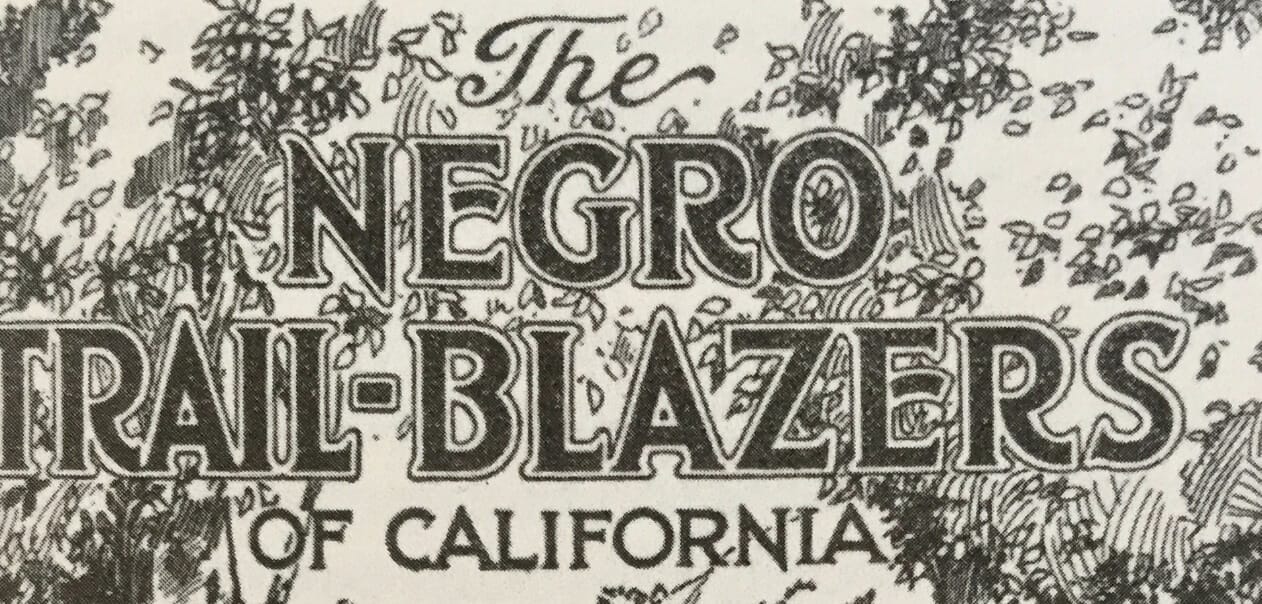Studio Homes by Phil Heraty
Phil Heraty (1896-1969) was a Bay Area Builder and Developer responsible for homes in Concord, Walnut Creek, San Leandro, and Oakland. I covered Melrose Highlands in Oakland here.
In 1940, Heraty opened new offices at 3625 Hopkins Street (now MacArthur Blvd.) and announced that this would be the headquarters for all company operations. The branch office at 5815 Thornhill, the original tract office for the Merriewood Development, is now home to a daycare.

This post will cover a group of homes built in the Broadway Terrace area by Lake Temescal.
Lake Temescal Studio Homes
The development of Lake Temescal in 1938 as a recreation center with swimming and picnic grounds significantly increased the demand for building homes in the wooded hill district adjacent to the lake.

In May 1938, Phil Heraty announced the completion of a new group of eight studio homes he called ‘Lake Temescal Studio Homes.’ The previous year, he sold 37 studio homes in the area.

Below is one of the Studio Homes. It was located at 6192 Ruthland Road and was lost in the 1991 fire.

The Temescal, a furnished 6-room display home, was opened in November 1938. It was listed for $4950.00

The Temescal is located on Florence Terrace, where it meets Capricorn Avenue.
This is the area where I grew up. I used to walk to school with a girl who lived there. They moved sometime in the mid-1970s. I then babysat for the next family that lived there. I watched their daughter from about six months to three years old. I love this house! I fantasized about living there.

Unusual Studio Homes
“Live in the Pine-Covered Hills”
Oakland Tribune Aug 25, 1940
In 1940, Heraty announced the completion of a new group of “unusual studio homes” located along Broadway Terrace and Taurus Avenue.


The new two-bedroom homes would cost less than $4900 to less than $6000. They featured large living rooms with beamed ceilings and corner fireplaces, corner tiled sinks in an airy kitchen, and elevated bedrooms on a huge lot. The largest home in the group had a rumpus room finished in knotty pine.
Sliding Down



In the spring of 1952, a group of studio homes in the Upper Broadway Terrace area at Taurus Road began sliding down the hill. I’m not saying they had anything to do Phil Hearty and the construction.
- 7075 Broadway Terrace
- 7081 Broadway Terrace
- 7085 Broadway Terrace
- 7093 Broadway Terrace
- 9009 Broadway Terrace
- 9025 Broadway Terrace
- 9033 Broadway Terrace
- 9041 Broadway Terrace

The following year, during the winter rains and after the city of Oakland had done extensive work on the slide, the homes began to slide again. This turned what was left of the homes into rubble and further damaged others.



In 1954, eight Broadway Terrace property owners sued the city of Oakland and the Oakland Sewer Construction Company for $135,000. The suit alleged the damage was caused by seepage from a ditch the sewer construction company dug.
“eight houses in a hilly portion of Oakland, which, prior to 1949, were serviced by septic tanks. The area is a natural drainage area” Findlaw
“prior to the sewer installation, had leaking septic tanks, and possibly some springs.” Findlaw
The area now has big homes built after the 1991 fire.
More Info:
- Oakland Local Wiki – Phil Heraty
- Demand Increases for Smaller Homes – Oakland Tribune April 3, 1938
- Lake Aids in the Sale Homes – Oakland Tribune May 15, 1938
- Home Financing Helps Buyers – Oakland June 28, 1938
- ‘Studio Home’ Break Heraty Sales Record – Oakland Tribune September 4, 1938
- Studio Homes By Heraty Attract Throngs – Oakland Tribune August 25, 1940
- Heraty In New Office – Oakland Tribune November 10, 1940
- Broadway Terrace Slide Victims Sue $135,000 – Oakland Tribune Jun 11, 1952
- Slide Resumes Wrecking Homes – Oakland Tribune Jan 21, 1953
- Eight Property Owners Sue – Oakland Tribune Jan 27, 1954
- Demolition Broadway Terr. Homes – Oakland Tribune Jan 05, 1957
- Hill Sliding an Inch a Day – Oakland Tribune Apr 1957
- Phil Heraty Obit – Oakland Tribune October 13, 1969
- Philip Heraty, Dies – Concord Transcript October 13, 1969
- HAMILTON v. HARKINS (1956) – Findlaw






































































































































